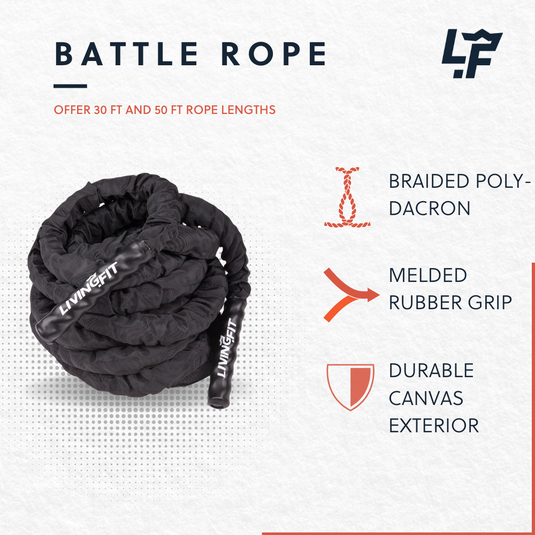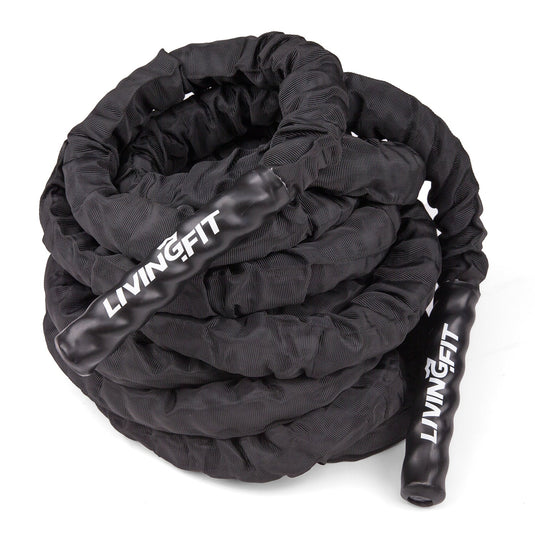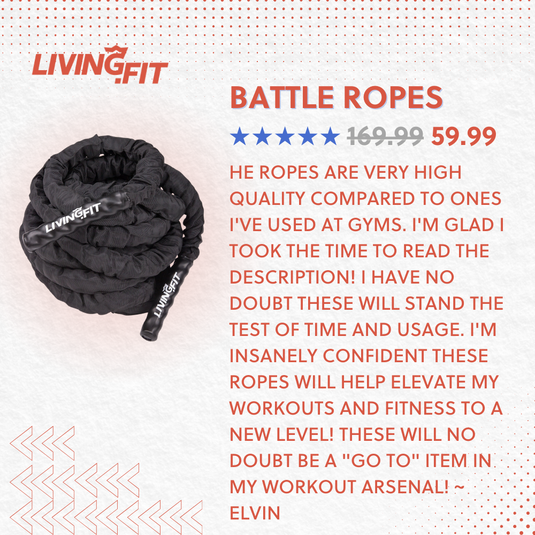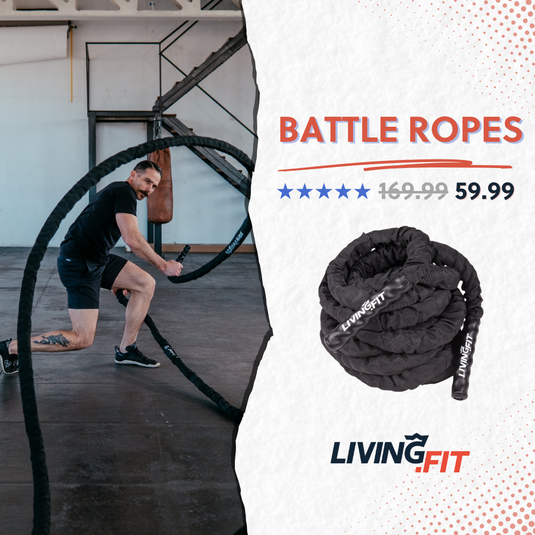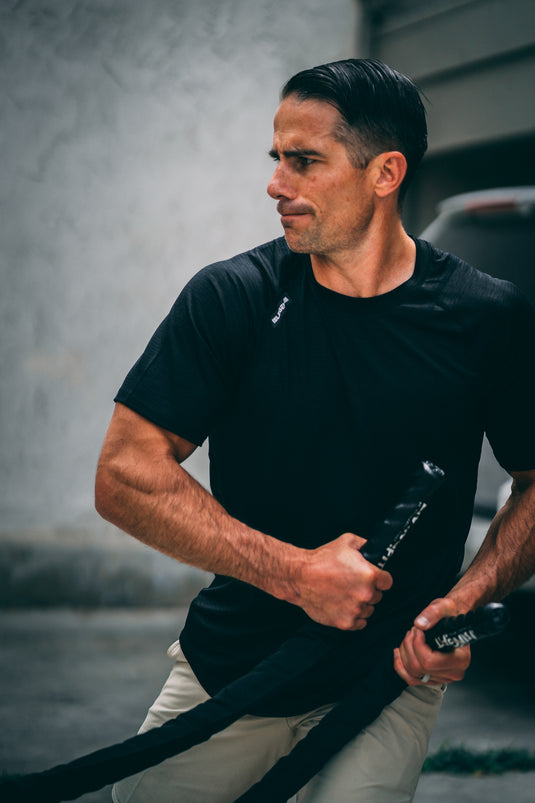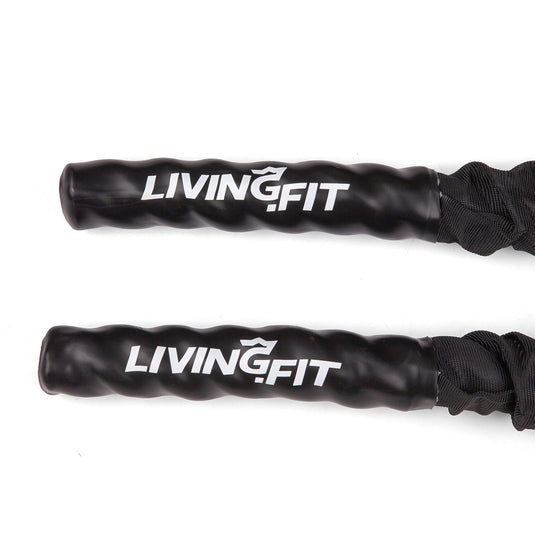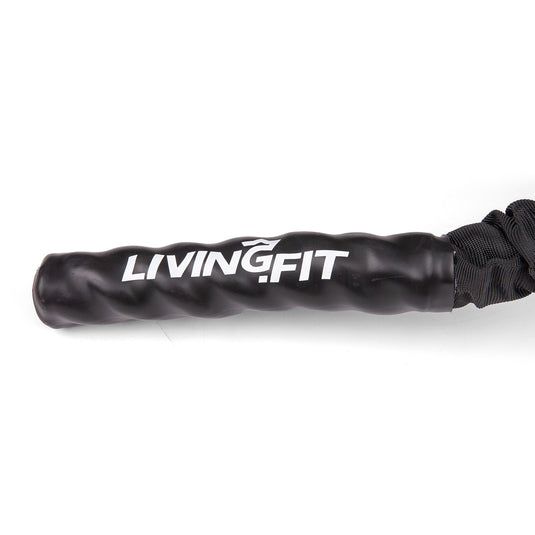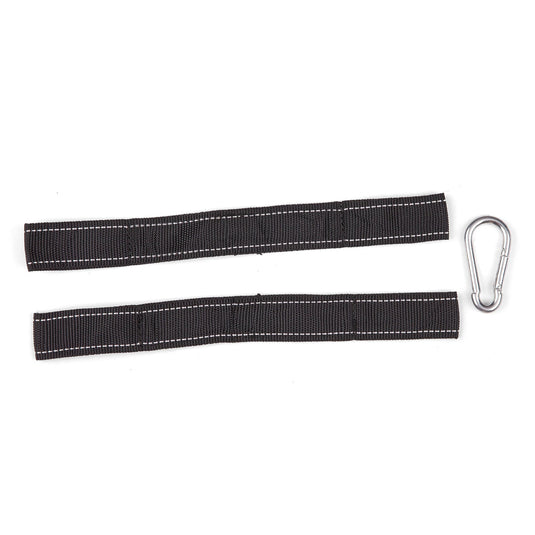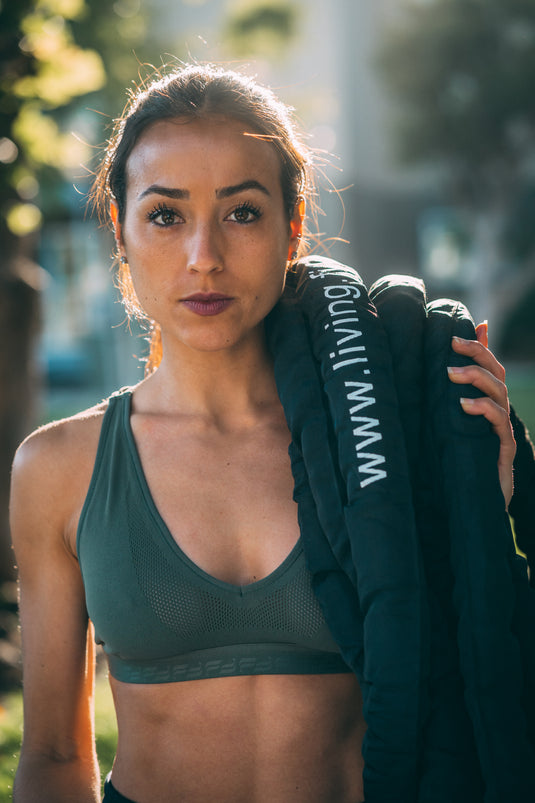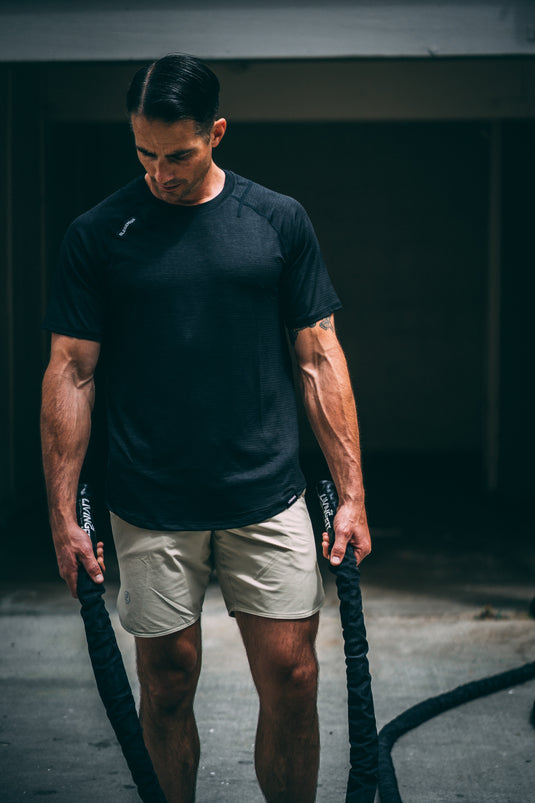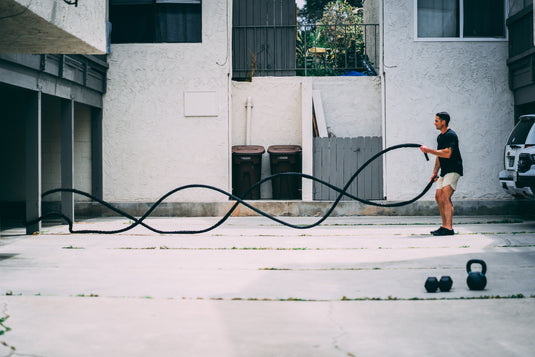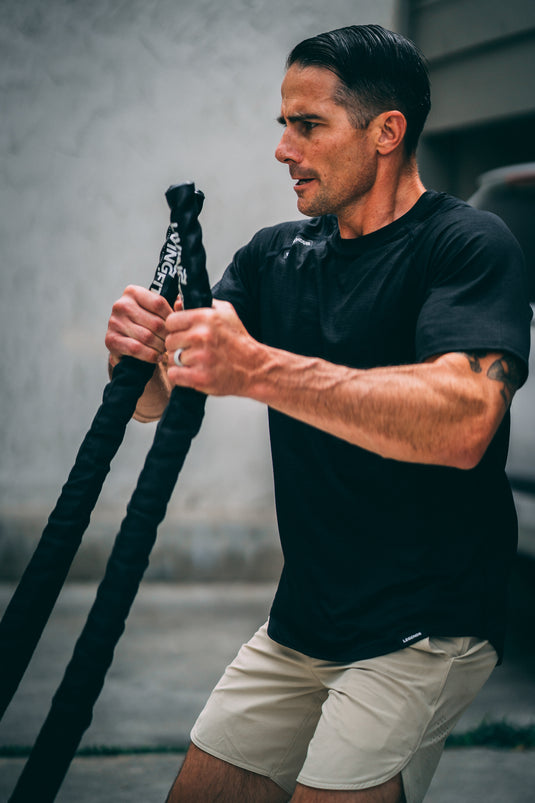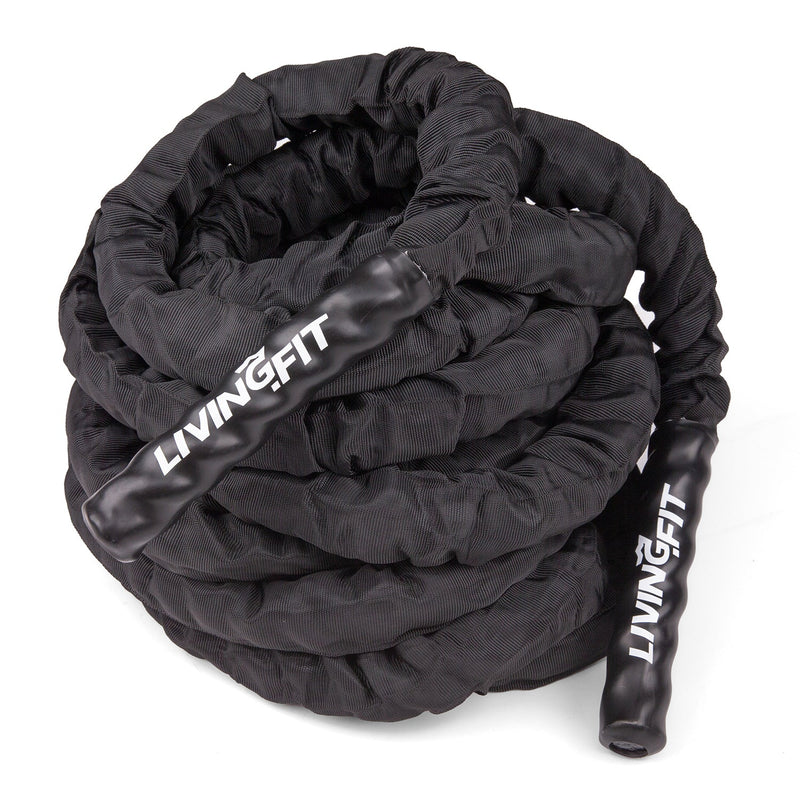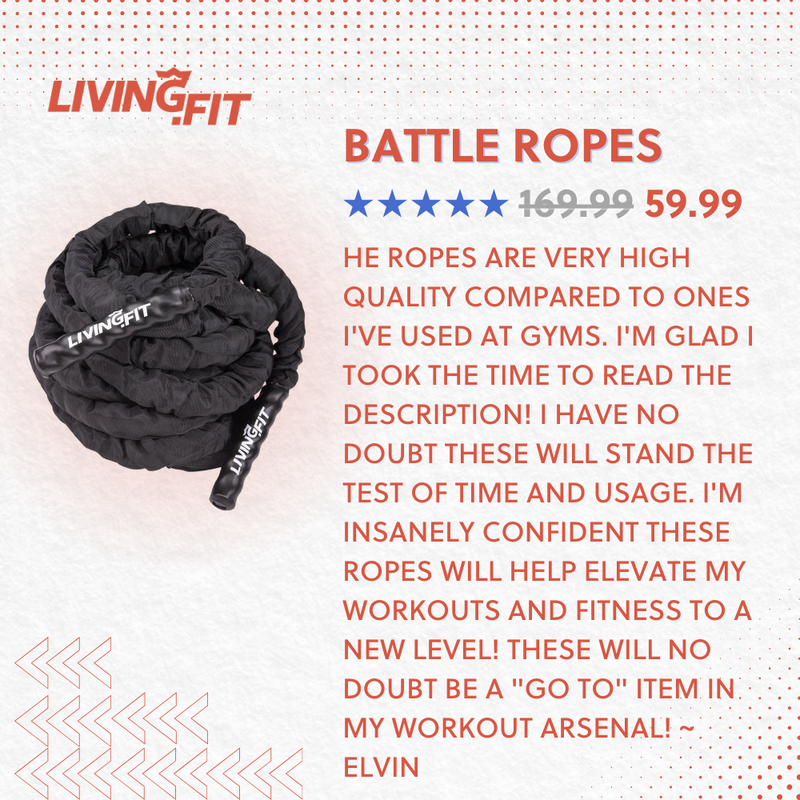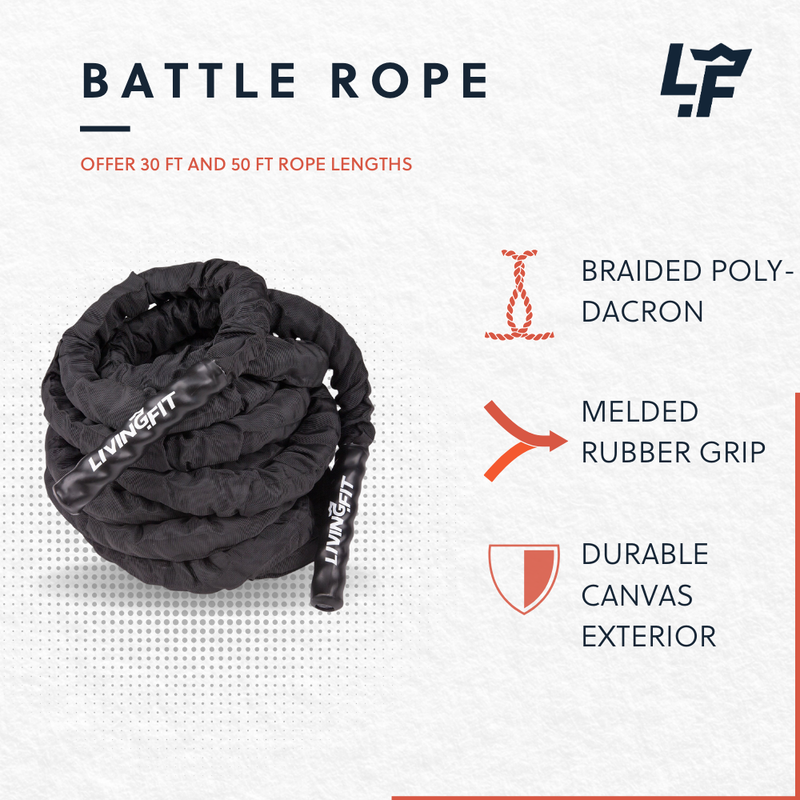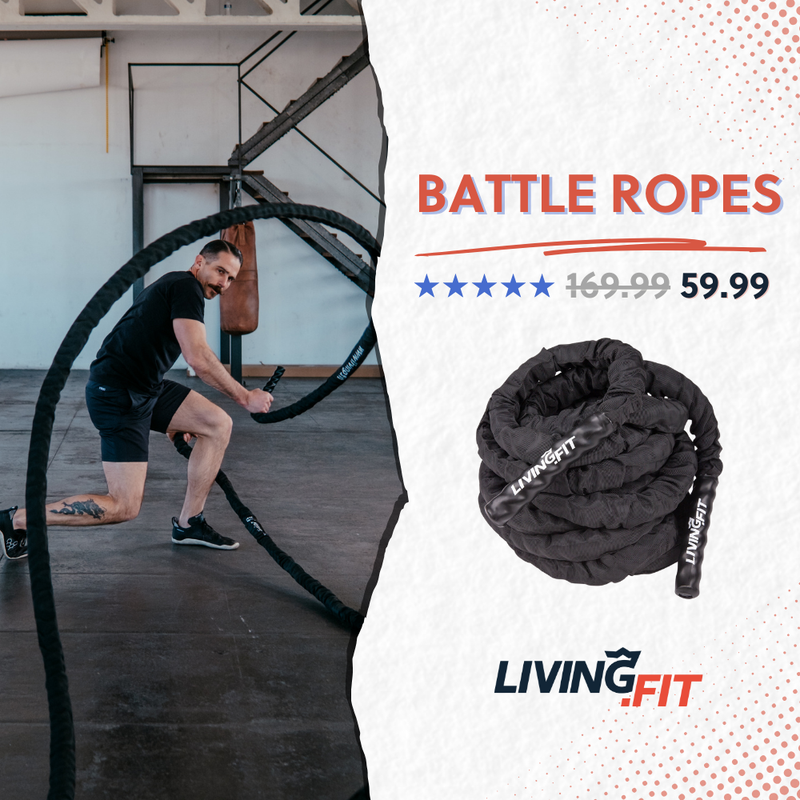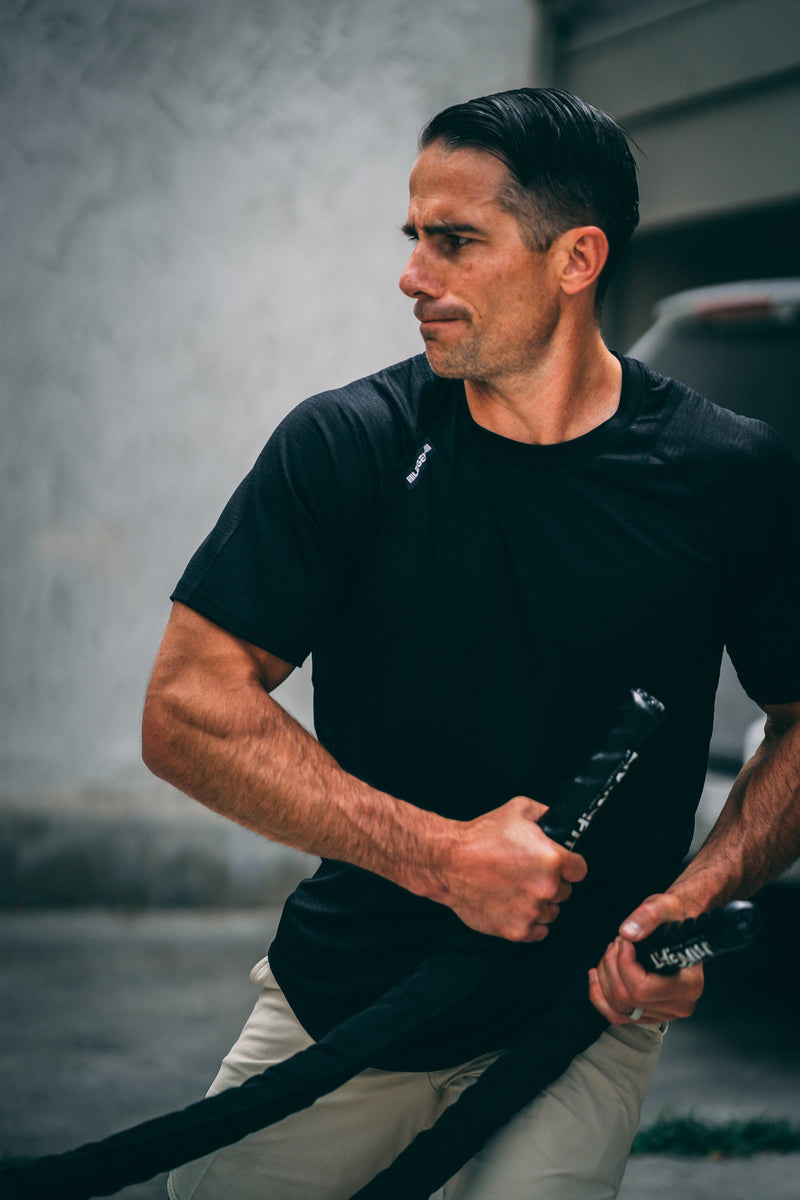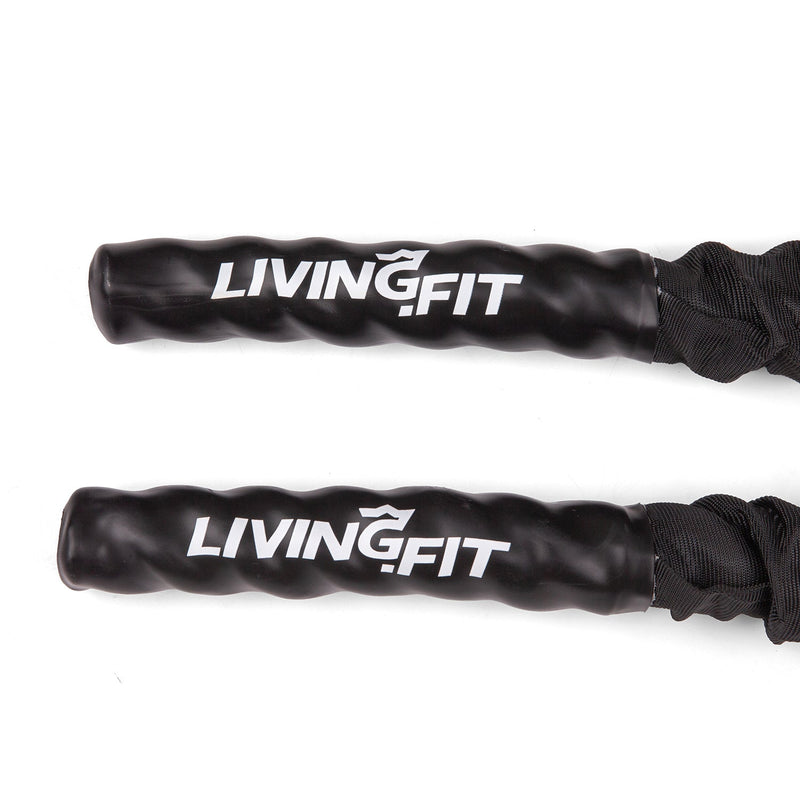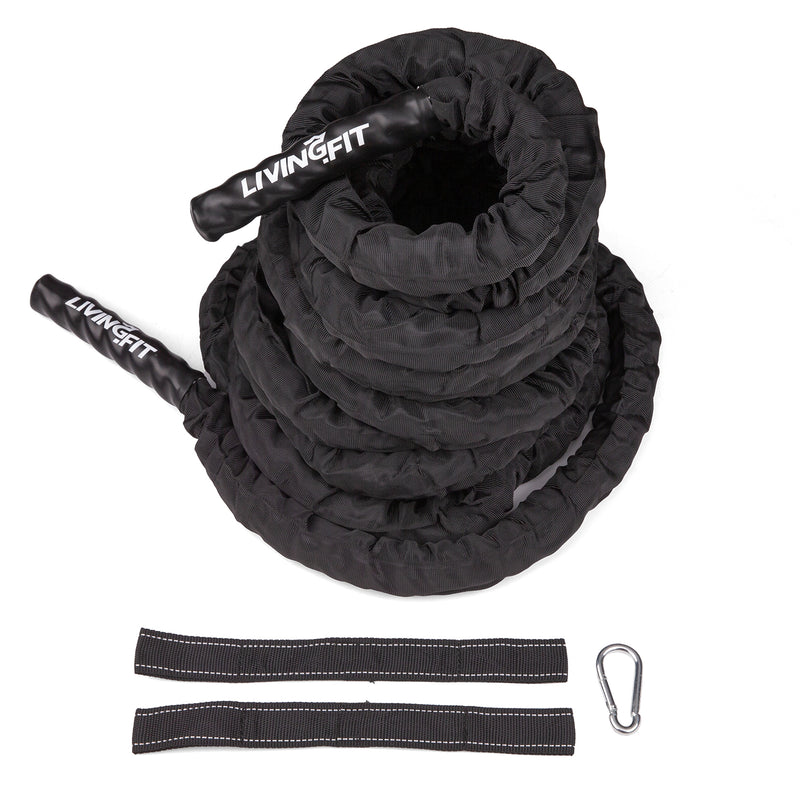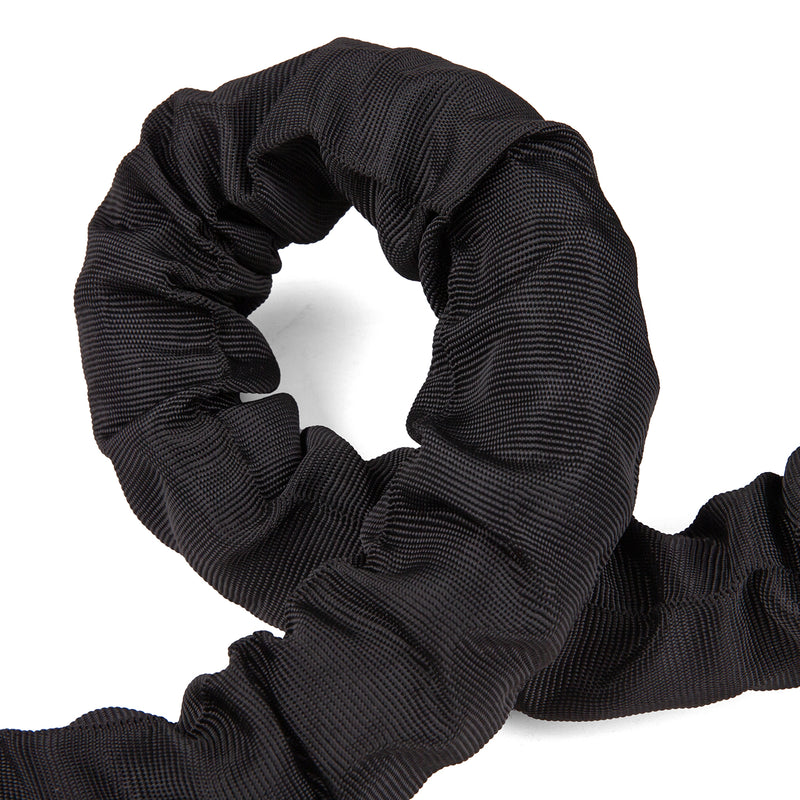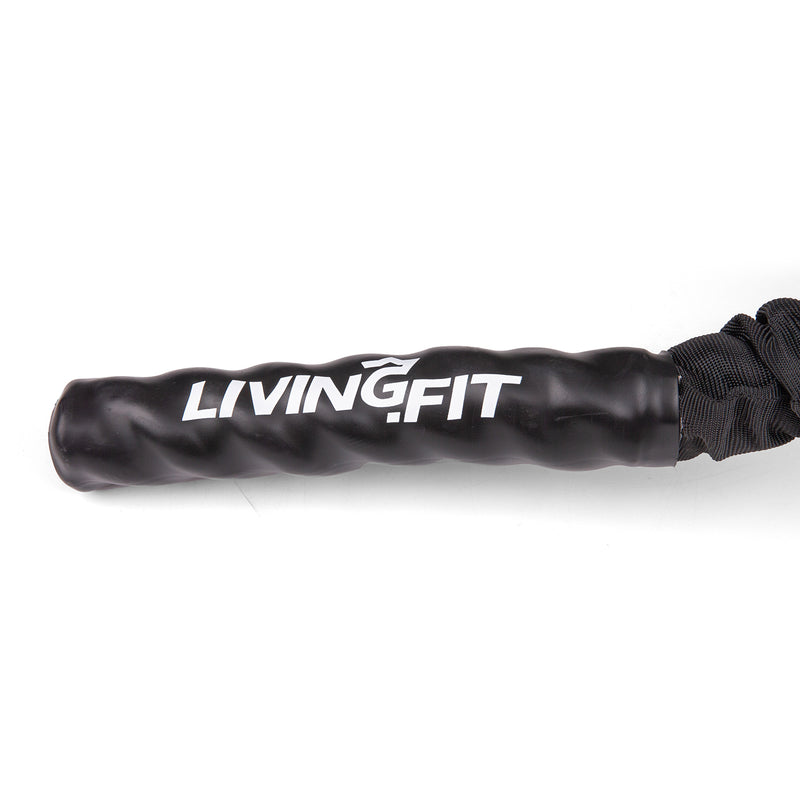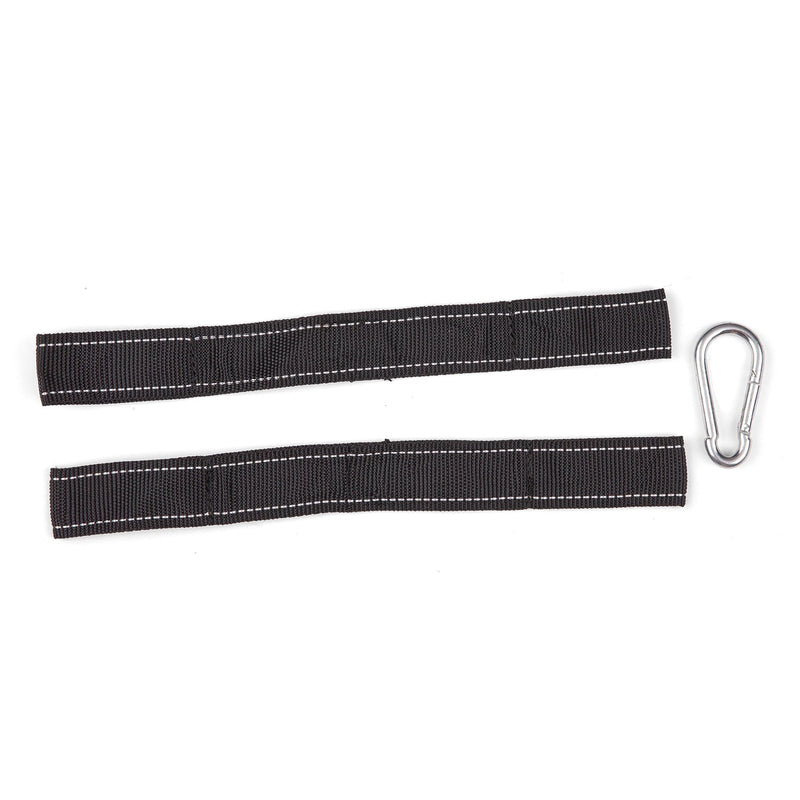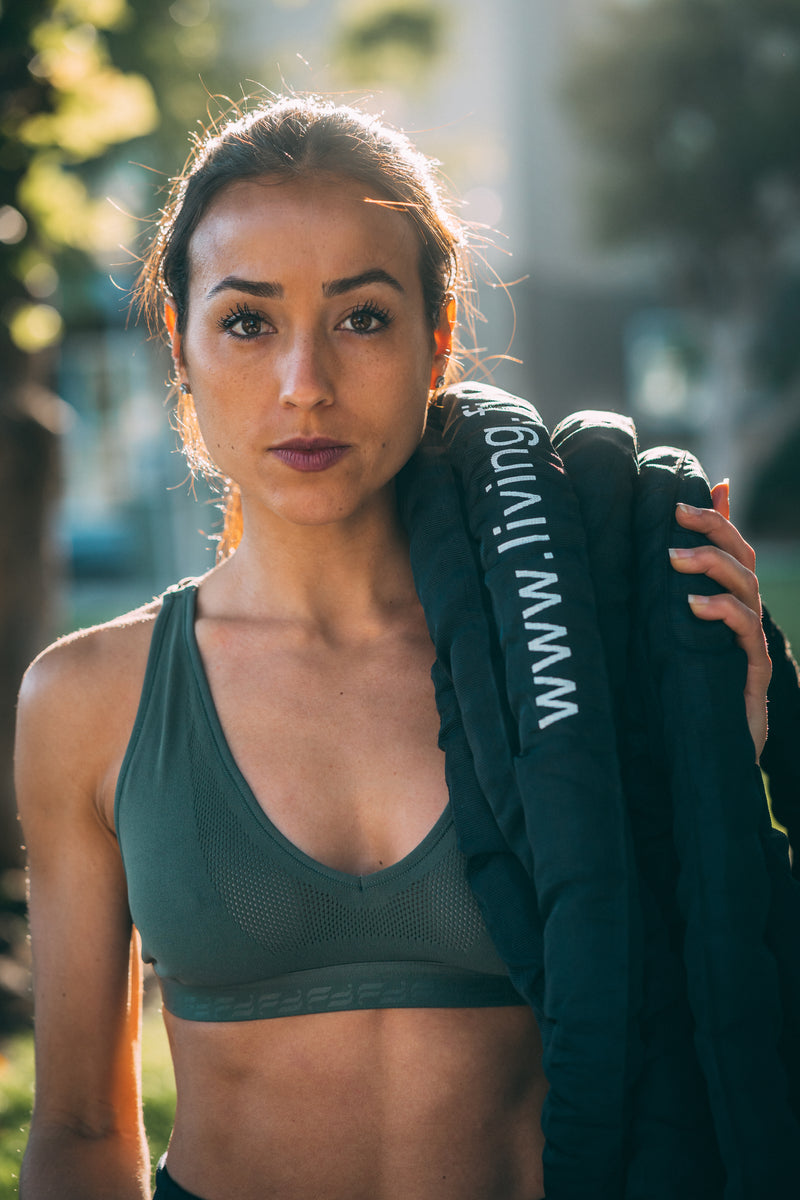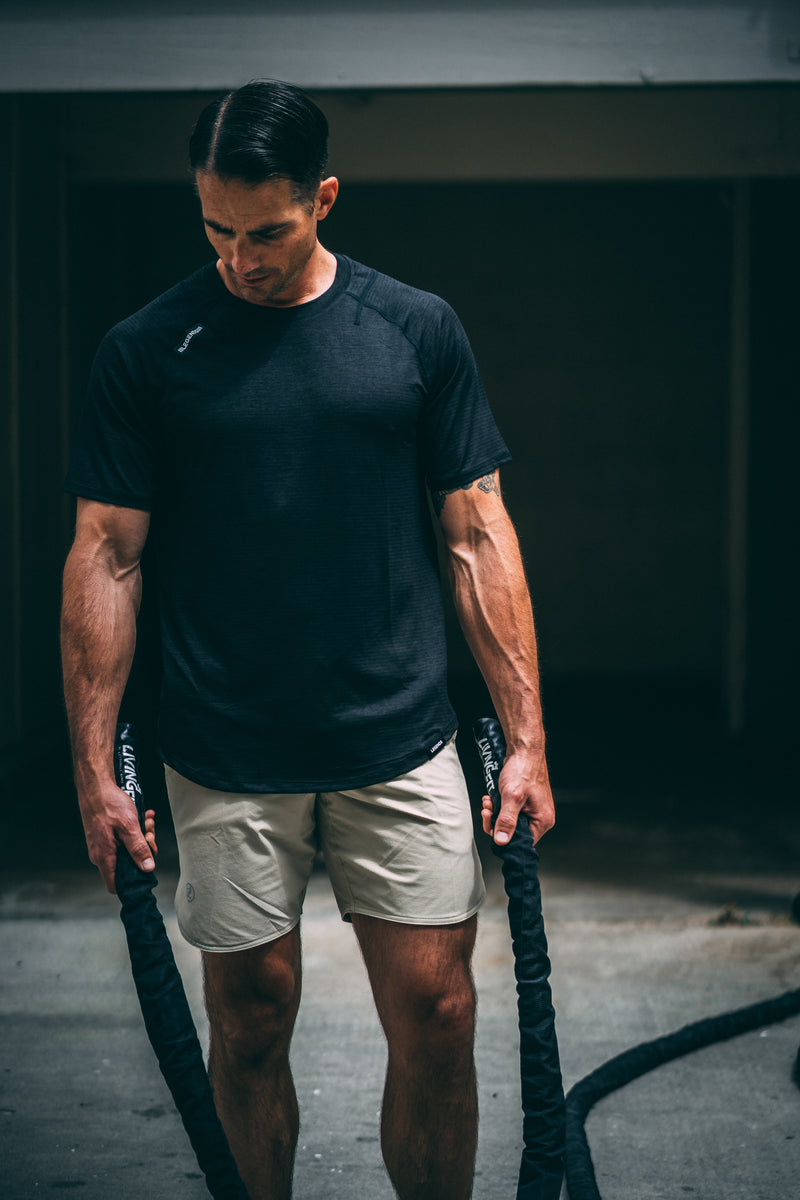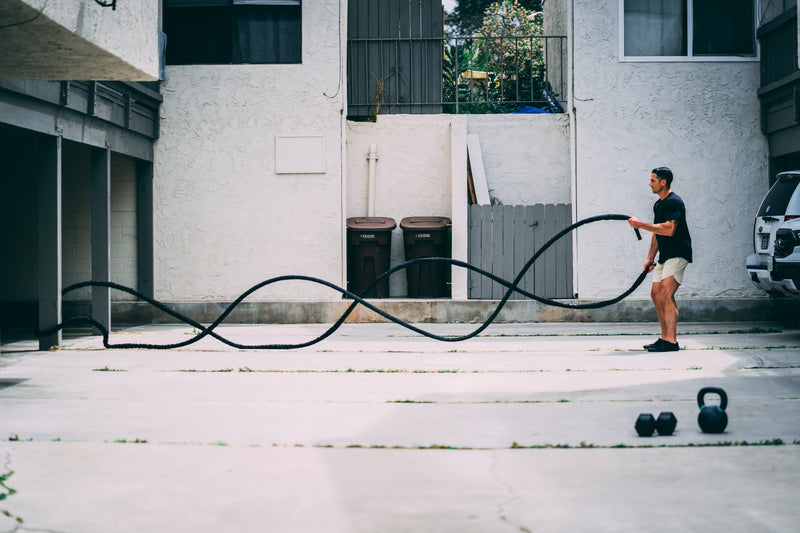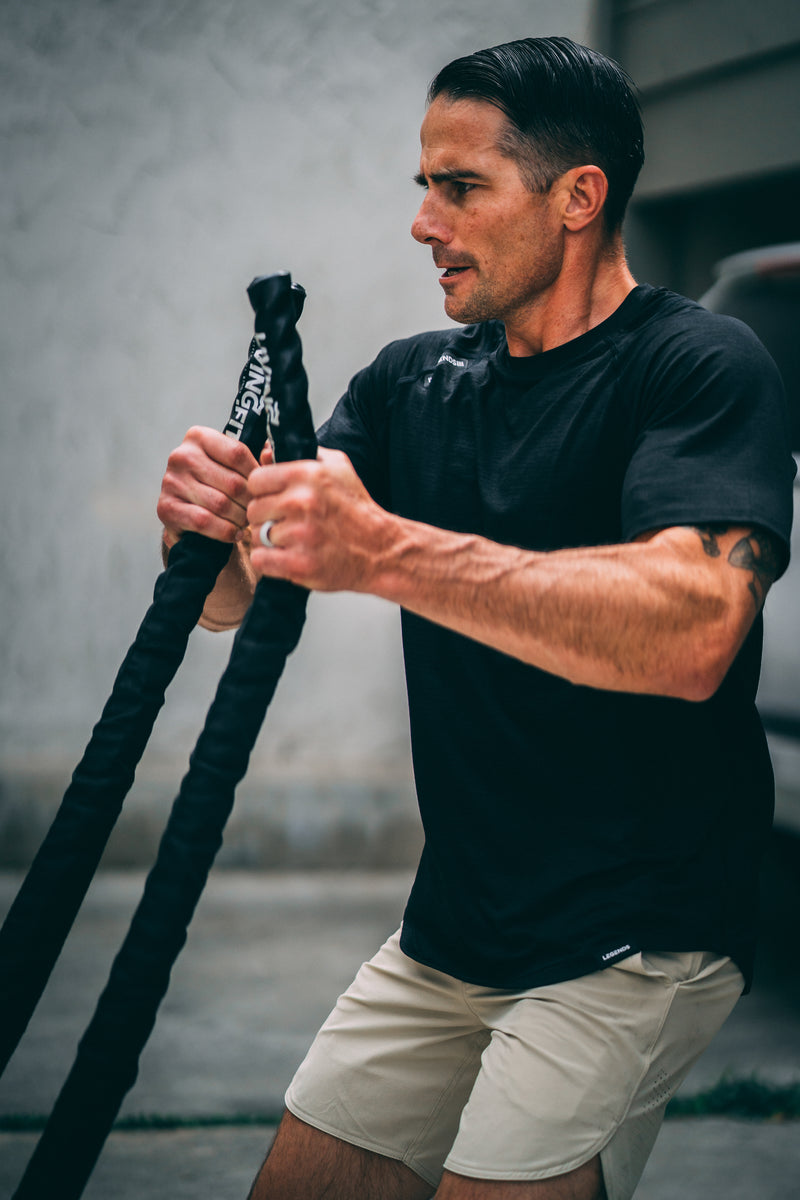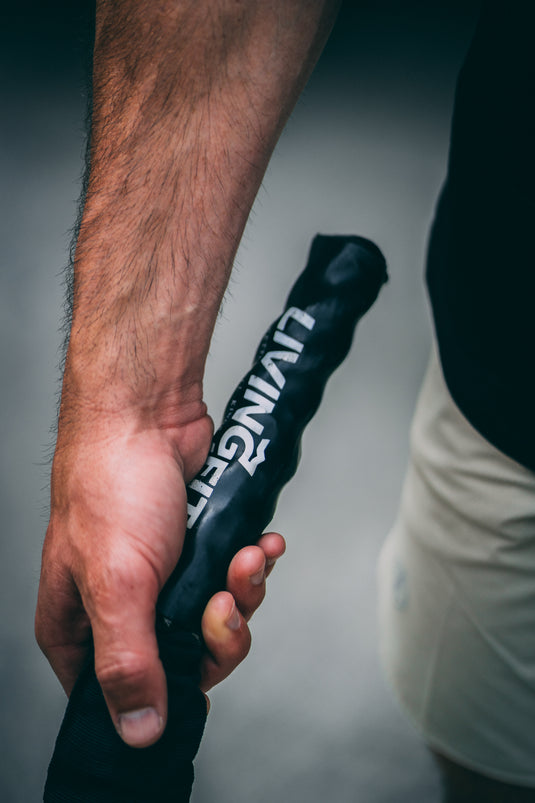
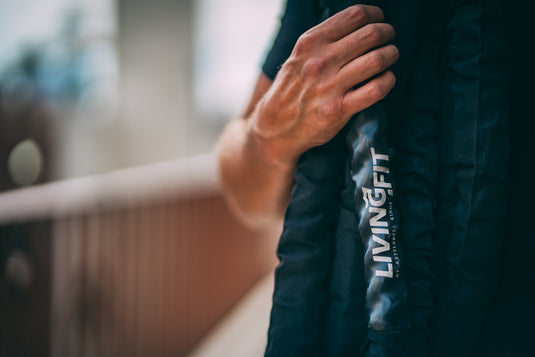
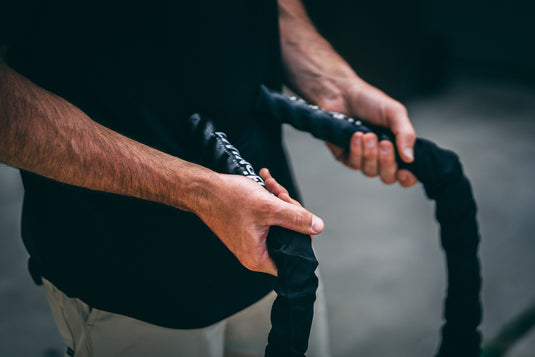
Overview
Battle ropes are ideal for building muscle, burning fat in home gyms or group settings!
Two types of rope making: Triple Strand Twist and Braided
The triple stranded twist is the most common style of rope making, as it is cheaper and faster than braiding a rope. These are the ropes you see that look like three smaller rope twisted together. The downfall, is that if your rope begins to untwist it is nearly impossible to twist it back to its original shape and length. This poses a big issue, if you are attempting any cyclonic or circular style of exercises: i.e. full body circles, triple wrapped rope pulling, or outside circles.
The braided rope is another method of making a rope, and it creates equal forces directing down the length of the rope when creating waves, circles, static engagement, and rope pulling exercises. It also is more durable. The only issue, is when performing circular waves, you will feel the rope wanting to twist inside of your hands. This is part of the tension that is being “held” by the rope. It will not twist the rope, so therefor your grip has to fight to keep the circles going.
Living.Fit has witnessed the shortfalls in the battle rope production, so we ordered over 30 ropes from 5 different manufacturers to find the very best battle rope. We made our choice after hours of testing and many uses of each rope.
For indoor use, we selected the poly-dacron braided rope.
For outdoor use, we selected the rope with canvas covering covering for protection.
Product Features
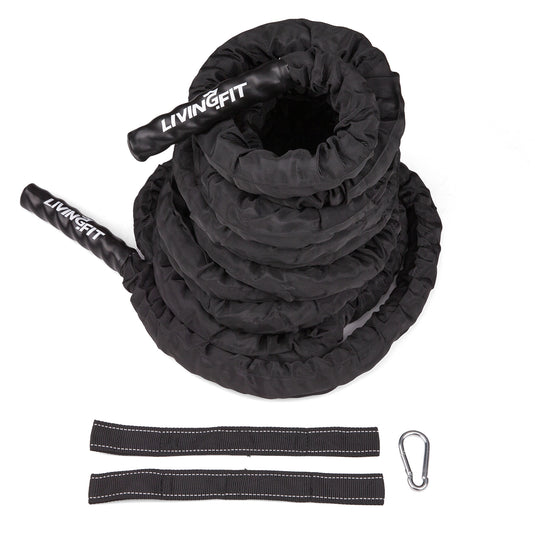
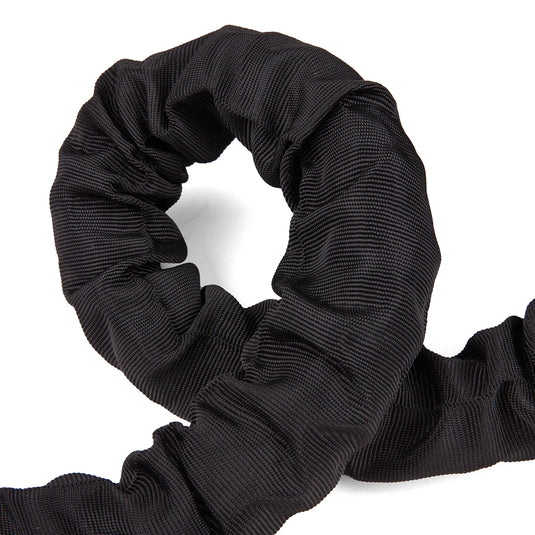
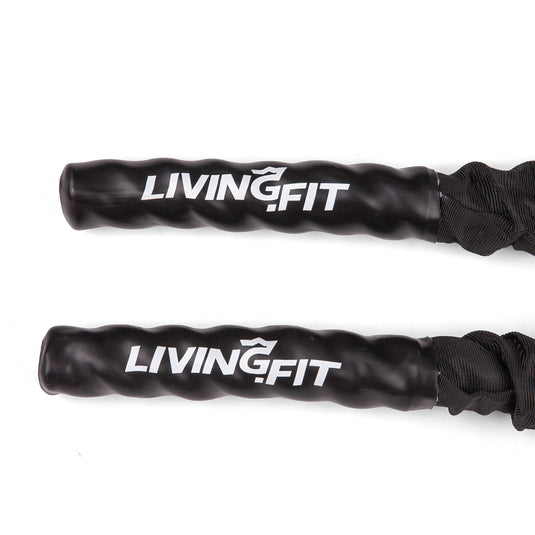
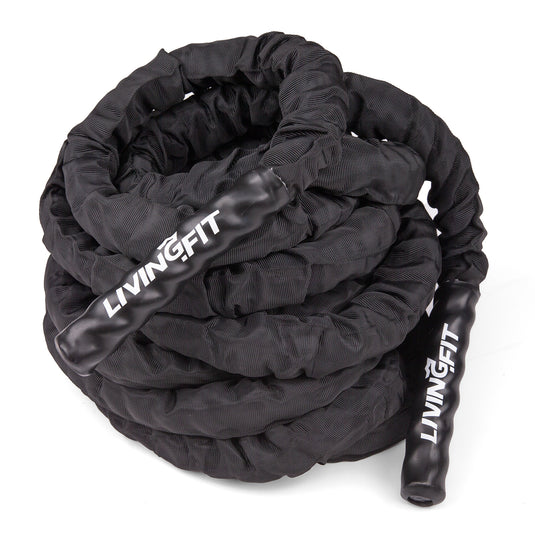
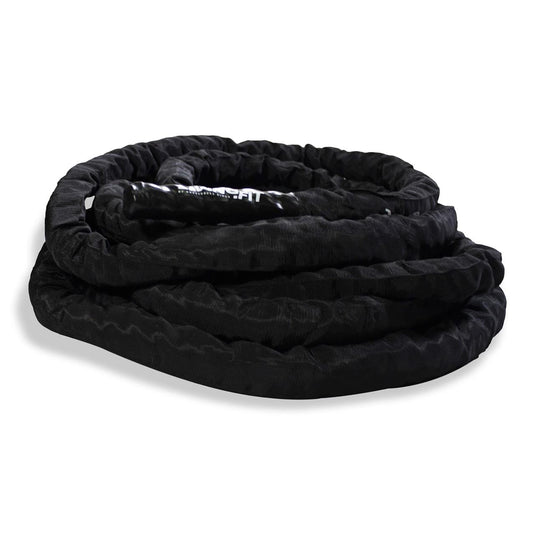

Heading

